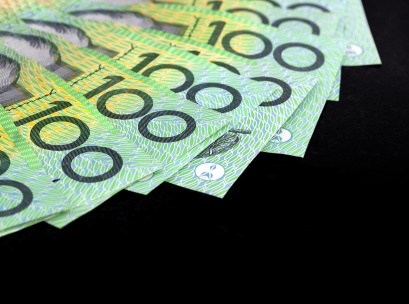
The Australian dollar rose slightly on Monday, buying 68.75 US cents from 68.74 US cents on Friday.
One Australian dollar buys 73.88 Japanese yen, from 74.22; 62.01 euro cents, from 62.07; 54.96 British pence, from 55.68; and 107.74 NZ cents, from 107.17.
On Friday morning, the local currency fell, buying 68.67 US cents from 68.83 US cents on Thursday.
On Thursday morning, it hovered near six-week highs after risk assets got a fillip from US President Donald Trump’s agreement to make a small concession in his trade war with China.
The Aussie dollar, a liquid proxy for risk, was last up 0.2 per cent at 68.75 US cents on Thursday, not far from Wednesday’s 68.85 peak, the highest level since July 31.
The Aussie has risen in eight of the last 10 sessions and is on track for its second straight weekly rise.
Thursday’s gains came after Trump said he would delay a scheduled tariff hike on Chinese goods by two-weeks in October, ahead of their planned talks.
The news added to already upbeat mood after China on Wednesday exempted a basket of US goods from its own tariffs.
The thaw in hostilities sent the Chinese yuan jumping 0.2 per cent to 7.0861 in offshore trade, its highest in three weeks.
However, analysts warned against pricing in too much optimism.
“Despite the recent positive news flow, the two sides still appear to be far apart on some key points – above all, on intellectual property, where the Chinese are unlikely to make large concessions,” Francesco Pesole, forex strategist at ING, said in a note.
“What’s more, President Trump seems to be in no rush to reduce pressure on China just yet and he may not make a decisive move towards a trade deal before an economic slowdown becomes apparent.”
On Thursday, the Aussie jumped to a seven-week peak against the euro and was on track for an eighth straight gain ahead of a highly anticipated rate decision by the European Central Bank later in the day.
The ECB is widely expected to lower its main deposit rate while all eyes will be on whether policymakers open the door to a new quantitative easing programme.
Last week, by contrast, the Reserve Bank of Australia left its key rate at 1.0 per cent after back-to-back cuts in June and July.
Financial markets are pricing in another cut later this year.





